David Byrne opened his November 11 show at Seattle's Paramount Theatre, the first in a three-night stand, with the Talking Heads track "Heaven." His voice, clear, strong, and remarkably untouched by the years, filled the room with the question the song has always asked: what if paradise is just repetition, a party on endless loop, where nothing ever happens? Would that, could that, be enough?
Behind him, the earth rose slowly on a floor-to-ceiling screen, appearing as though he was standing on the moon's surface with the violinist, cellist, and keyboard player whose minimalism accompanied him for the song. "There's our heaven," he said, pointing at the planet. "It's the only one we have."
Byrne received a massive welcome after that start, with sustained applause (and some whoops and good-natured heckles) after nearly every song, and at the show's end. During the curtain call, he stood beaming, almost overwhelmed, radiating a happiness so pure it felt like watching someone who had figured out something the rest of us are still working on.
Throughout the show, his twelve musicians, dressed in identical royal blue suits, moved across the bare stage in constant motion, in varying configurations, their instruments strapped to their bodies. No drum kits, no mic stands, no amps. There was nothing tethering anyone to a fixed position. Not a bad metaphor.
The concept builds on the staging and presentation that Byrne pioneered in his American Utopia tour and Broadway run, but this time, the choreography by Steven Hoggett goes further. Hands on shoulders. Eye contact. Small dance circles breaking out spontaneously. Light touches. Smiles exchanged. One performer steps forward to solo while Byrne fades back into the ensemble, then they trade places again, constantly sharing the spotlight.
At the end of the show, credits rolled on the screens, including full names and specified roles. It was a gesture both generous and pointed: here are the people who make this possible. Here is what community looks like.
The message implicit in the credits reflected the message of the show as well as Byrne's interstitial comments from the stage: People need people. "Love and kindness," as Byrne announced midway through the show, "are the most punk thing you can do right now," and are "resistance." The constant touching, the shared grins, the way performers kept checking in with each other. It all reinforced the theme. Connection over isolation. Joy as resistance.
The show was a success artistically, and that includes the way it elicited a reaction. It certainly caused me to think about all the ways I've tried to get where he is. Booze until it stopped working. The global wandering and straying, recovery, the parade of therapists and their medications, the meditation apps and breath work and journaling, and all the other tools we can deploy against the gravitational pull of isolation and depression. My kids bring me joy. My partner does. Music does. But sustaining it? That's the harder trick.

The setlist alternated new songs from Who Is the Sky? with Talking Heads classics. On record, the new tracks are light to the point of feeling lightweight. Not bad, not lacking charm, but they came alive with positive energy when performed in concert. Byrne's newer work put the Talking Heads songs into relief, emphasizing the paranoia and isolation of that older corpus. And Byrne didn't really soften the darker material. If anything, those songs stood out and carried weight precisely because they didn't bend to the show's overall optimism.
"Psycho Killer" felt genuinely ominous, enhanced by a neat stage trick: Byrne in a spotlight, the shadow behind him growing and overtaking him. He introduced the song by crediting the late Arthur Russell for the arrangement—another moment of credit-sharing, space holding. "Life During Wartime" provided the ideal vehicle for Byrne to hit us with footage of ICE raids, police confrontations, protests, people running.
These weren't crowd-pleasers played for nostalgia. They were reminders that the fear and dread Byrne channeled in the late '70s and early '80s haven't gone anywhere. They've just moved addresses. In fact, they've come home. The closest analogue I could think of for a rock concert was Roger Waters recontextualizing his deeply personal Pink Floyd material into more timely social commentary. This show's joy didn't erase any darkness. Instead, the sentiments existed together, in conversation. You cannot replace the darkness. You find ways to keep moving through it.
There's a specific emotion that doesn't have a name, the one you feel watching someone model the life you're trying to build but can't quite reach. It's not envy, because you are genuinely happy for them. It's not inspiration exactly, though there's some of that. It's more like bearing witness to proof of concept while still being nowhere near the prototype yourself.
Byrne is 73. Recently married. Still creating, still curious, still finding new ways to think about performance and community and what a concert can be. He looks happy. Not performing happiness, but actually happy. The kind of happiness that comes from decades of work and probably some luck and definitely some wisdom about what matters and what doesn't.
I thought about his opening line, the one about earth being the only heaven we have, and I thought about "Once in a Lifetime": "Well, how did I get here?" Byrne spent decades asking that question from a place of dissociation and dread: this is not my beautiful house, this is not my beautiful wife. Yet somehow, somewhere along the way, he arrived at an answer that looks like contentment.
But how? What did he learn? What mistake did he stop making? What burden did he put down?
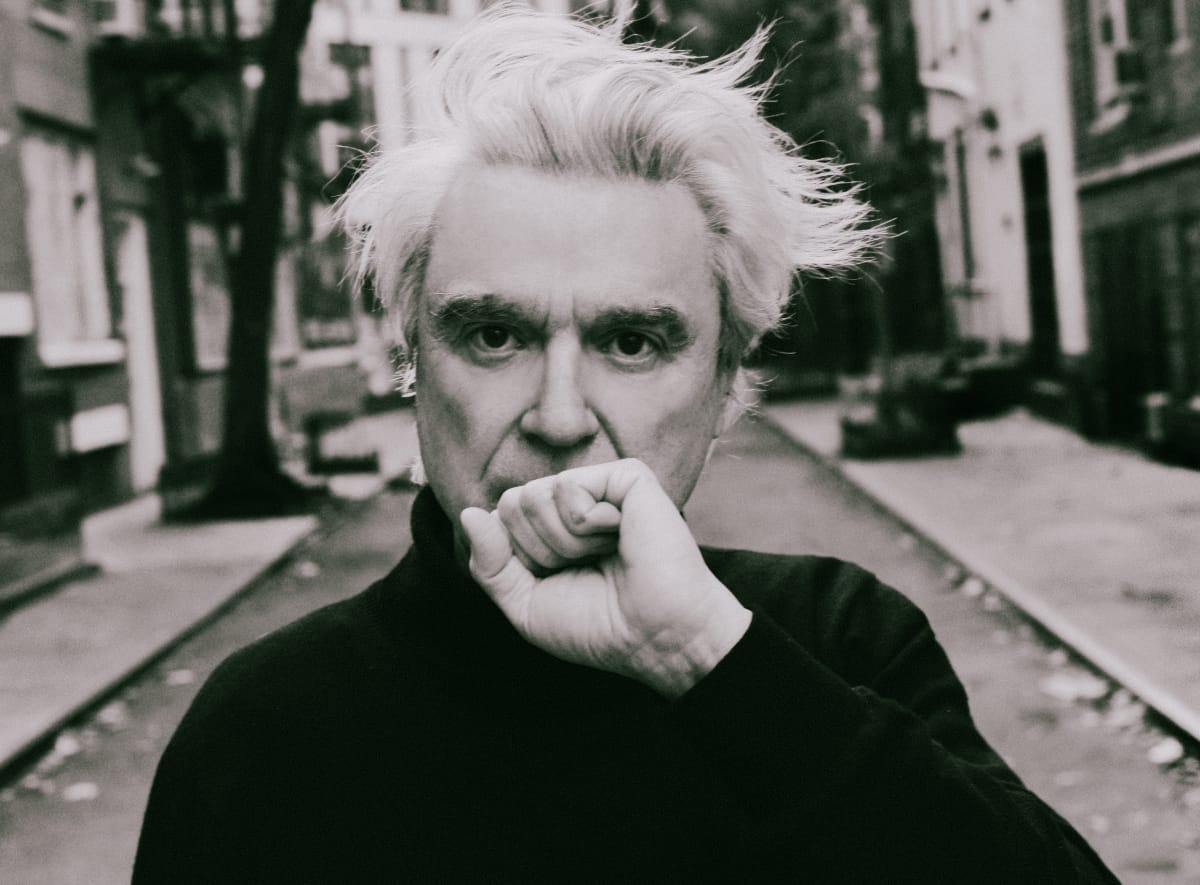
Depression has a gravitational field. It pulls everything toward itself, including time, attention, hope, the ability to feel pleasure in the moment it's happening. You can know intellectually that your kids are a source of joy, that your partner loves you, that the music is beautiful. You can know it and still feel the absence of it, the gap between knowing and feeling.
Byrne's show is not letting the audience hide in that gap. The joy isn't theoretical. It's not aspirational content you can file away for later. It's happening right in front of you, thirteen people smiling at each other with genuine affection, moving in choreographed celebration of being alive together, and the invitation is implicit: this could be you. This should be you.
Watching Byrne and his impossibly joyful ensemble felt like being shown a destination without a map, or maybe with a map in a code I cannot decipher yet.
The trite summary is that this show is "life-affirming" or "a celebration of community," and that is true enough. But what that would miss is how hard it is to accept an invitation to joy when you're not sure you remember how to RSVP. How it feels to watch someone succeed at the thing you keep failing at, even when their success doesn't diminish your struggle. In fact, makes it more visible.
And here's the thing: even from a distance, I could see it. The proof. That it's possible to build a life oriented toward connection and creativity and sustained joy. That you can be 73 and still evolving, still finding new ways to share your vision without being a tyrant about it, still genuinely delighted to be making music with other people.
The show was not a palliative. It did not fix anything or change the world. I do not believe the audience left transformed or suddenly capable of the kind of openhearted presence Byrne and his ensemble made look easy. But we left with the evidence that it exists, that someone found a way there.
"No matter how messed up, confusing, cynical this world is," Byrne said before the encore, "as people we love being together."
It could be that the work of staying open to beauty, even when you can't fully feel it, is its own form of resistance. That bearing witness counts.
Check out more like this:
 The TonearmLawrence Peryer
The TonearmLawrence Peryer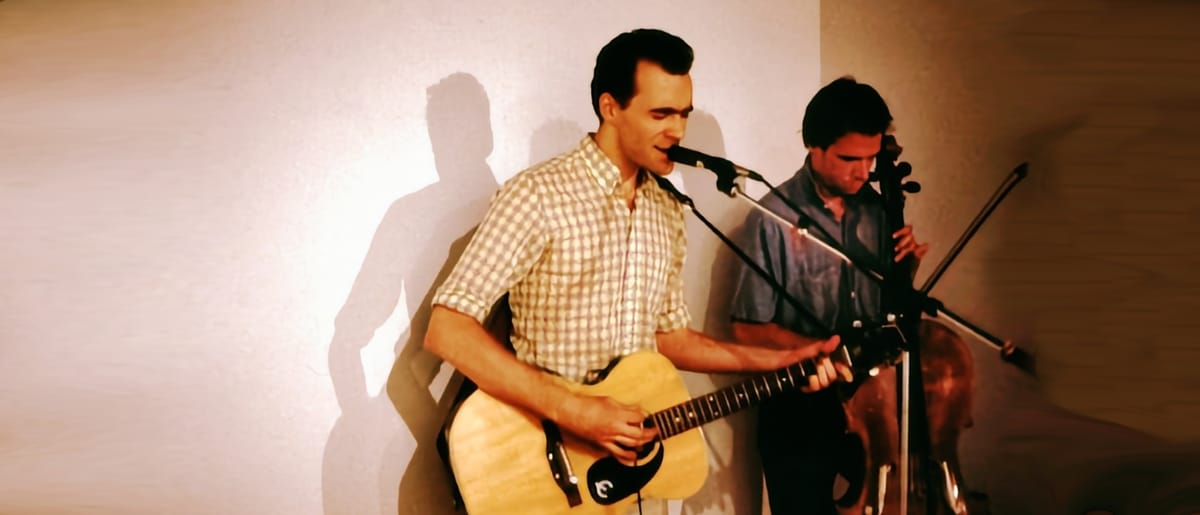
 The TonearmLawrence Peryer
The TonearmLawrence Peryer


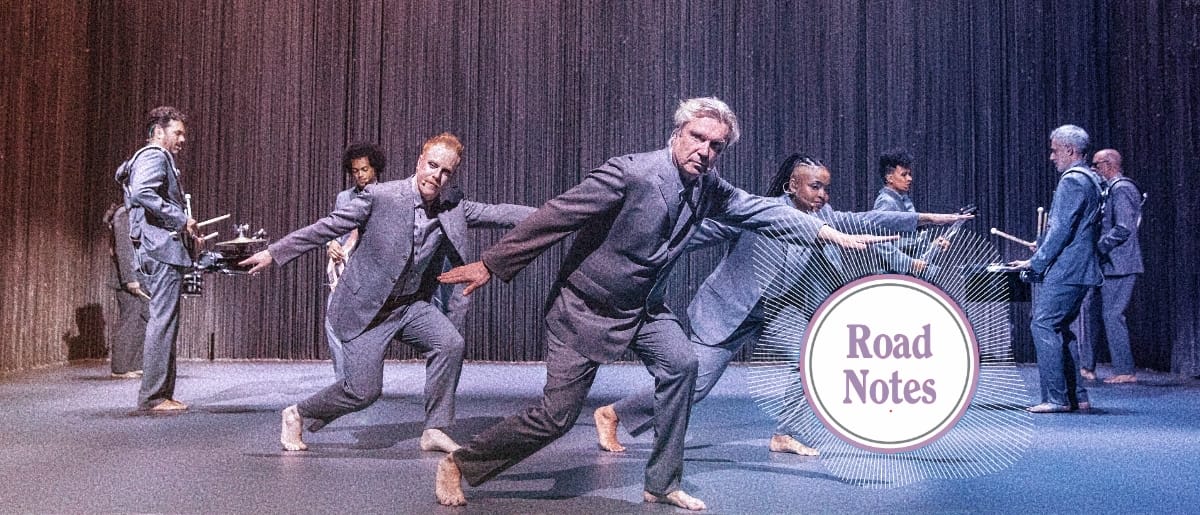


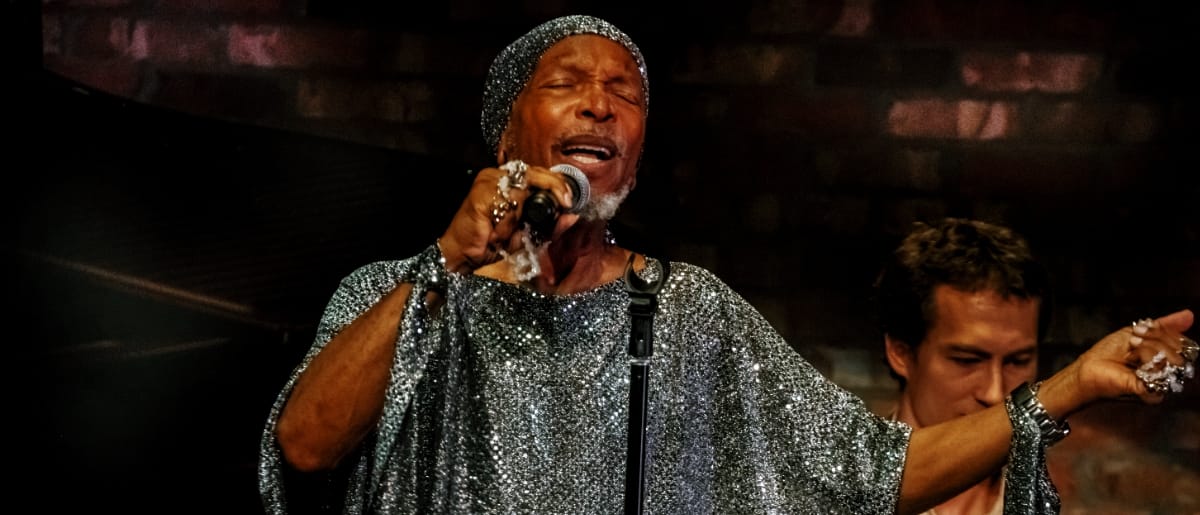
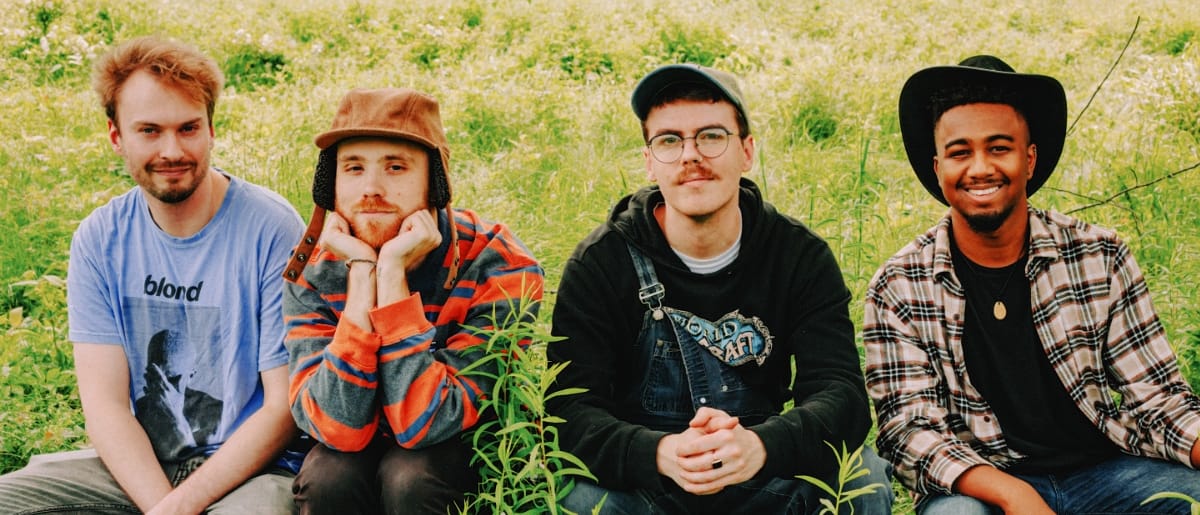
Comments